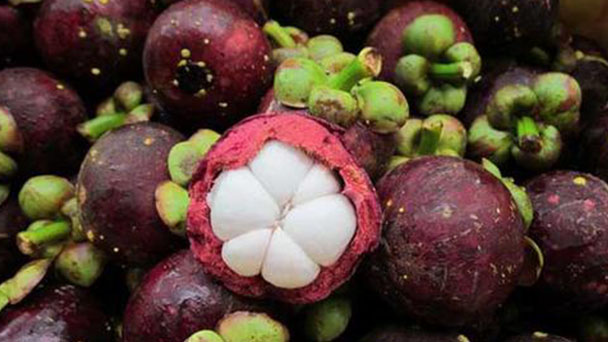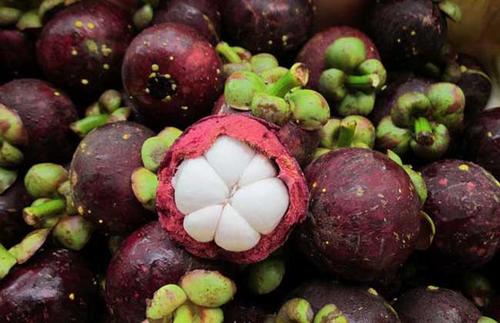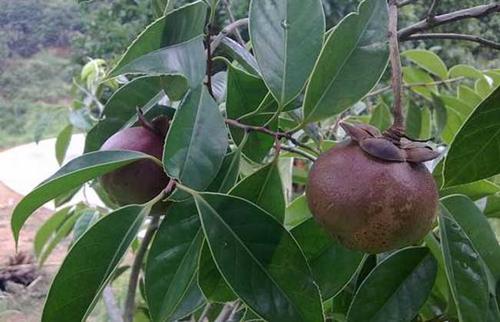How to propagate Mangosteen
Written by Maggie
Jan 26 2021

There are layering, division, grafting and cutting methods for propagating Mangosteen. Layering propagation method: the mother plant branches pressure into the soil, the root can survive. Division propagation method: The separation of the bulbs from the mother plant and replanting. Grafting propagation method: The grafting of a branch or bud into another plant. Cutting propagation method: cut off the roots, stems or leaves of plants for use, insert them into the soil, take root after normal maintenance. The fillowing are details of Mangosteen propagation methods.
The seeds of mangosteen are parthenogenesis, that is, asexual reproduction, so the main methods of propagation are the following: layering method, division method, grafting method, cutting method.

Layering propagation method of mangosteen
The layering propagation method of mangosteen involves pressing the branches of the mother plant into the soil and using certain methods to make it take root and obtain new plants. The layering propagation method of mangosteen is more convenient to operate, and the layering generally does not need any special management, so the survival rate is generally high. This is a method of propagation often used for woody flowers.
Division propagation method of mangosteen
The division propagation of mangosteen is generally to separate the bulb and rhizome parts of the plant from the plant, and then plant them into new plants. This method is divided into two methods: half division and whole division.
Grafting propagation method of mangosteen
The grafting propagation method of mangosteen is done by grafting a branch or bud of the mangosteen onto another plant and allowing the two parts to grow into a complete plant. The branch or bud attached to it is called a scion, and the plant used as a carrier is called a stock.
Cutting propagation method of mangosteen
The cutting propagation method of mangosteen involves cutting off the roots, stems or leaves of the plant, inserting them into the soil and growing them into whole new mangosteen. These are called scions, and mangosteen is usually bred all year round.

Latest Updated
- Benefits of Bugleweed - 7 Science-backed Health Benefits
- Bugleweed Dangers & Side Effects - Is It Poisonous?
- How to Plant Evergreen Trees - What You Should Know
- When to Plant Evergreens - Grow Guide for Evergreen Trees
- 12 Wonderful Evergreen Shrubs for Your Garden
- 12 Popular Evergreen Plants with Pictures for Beginners
- When And How To Prune A Lilac Bush Like a Pro
- How to Grow & Care for Lilac Vine (Hardenbergia Violacea)
- Japanese Lilac Tree (Syringa Reticulata) Care & Propagation Guide
- Shumard Oak Pros and Cons - What to Know
Popular Articles
- Winter maintenance of Antirrhinum Majus
- How to Grow Terminalia Mantaly Tree
- How to Grow and Care for Crossostephium Chinense
- How to grow Antirrhinum Majus in spring
- Peristeria Elata (Dove Orchid) Profile: Info & Care Guide
- Underwatered Snake Plant (Sansevieria Trifasciata) - Signs And How To Fix
- How to Care for Brazilian Jasmine Plant (Mandevilla Sanderi)
- How to Grow & Care for Graptopetalum Purple Delight in Summer
- Rosa Chinensis (China Rose): Plant Growing & Care Tips
- How to Care for Baby Sun Rose (Aptenia Cordifolia)